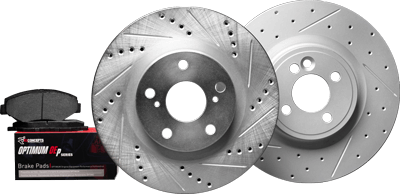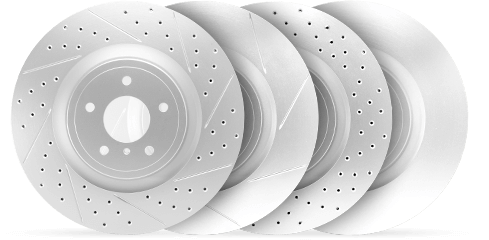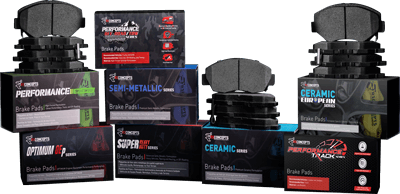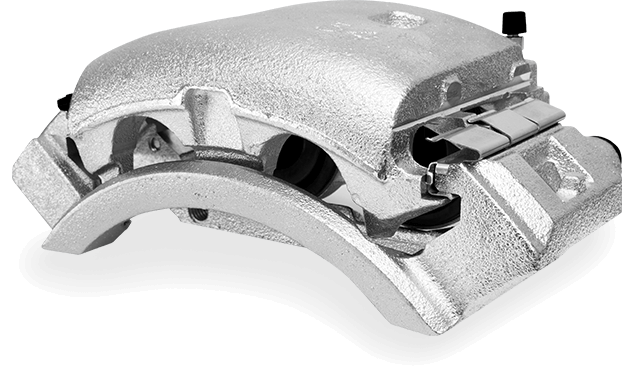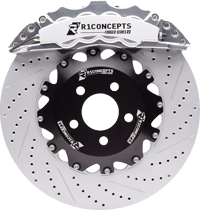Looking for the best brake pad types for Toyota RAV4? This guide breaks down ceramic, semi-metallic, and organic brake pad types for Toyota RAV4, helping you choose the right one for your driving needs.
Key Takeaways
There are three main types of brake pads for the Toyota RAV4: ceramic, semi-metallic, and organic, each with unique pros and cons.
Ceramic pads are great for city driving due to being quiet and low dust, while semi-metallic pads are best for high-stress situations like towing or off-roading.
Regular inspection of brake pads is crucial; signs like squeaking or reduced braking efficiency indicate it’s time for a replacement.
Brake Pad Categories for Toyota RAV4
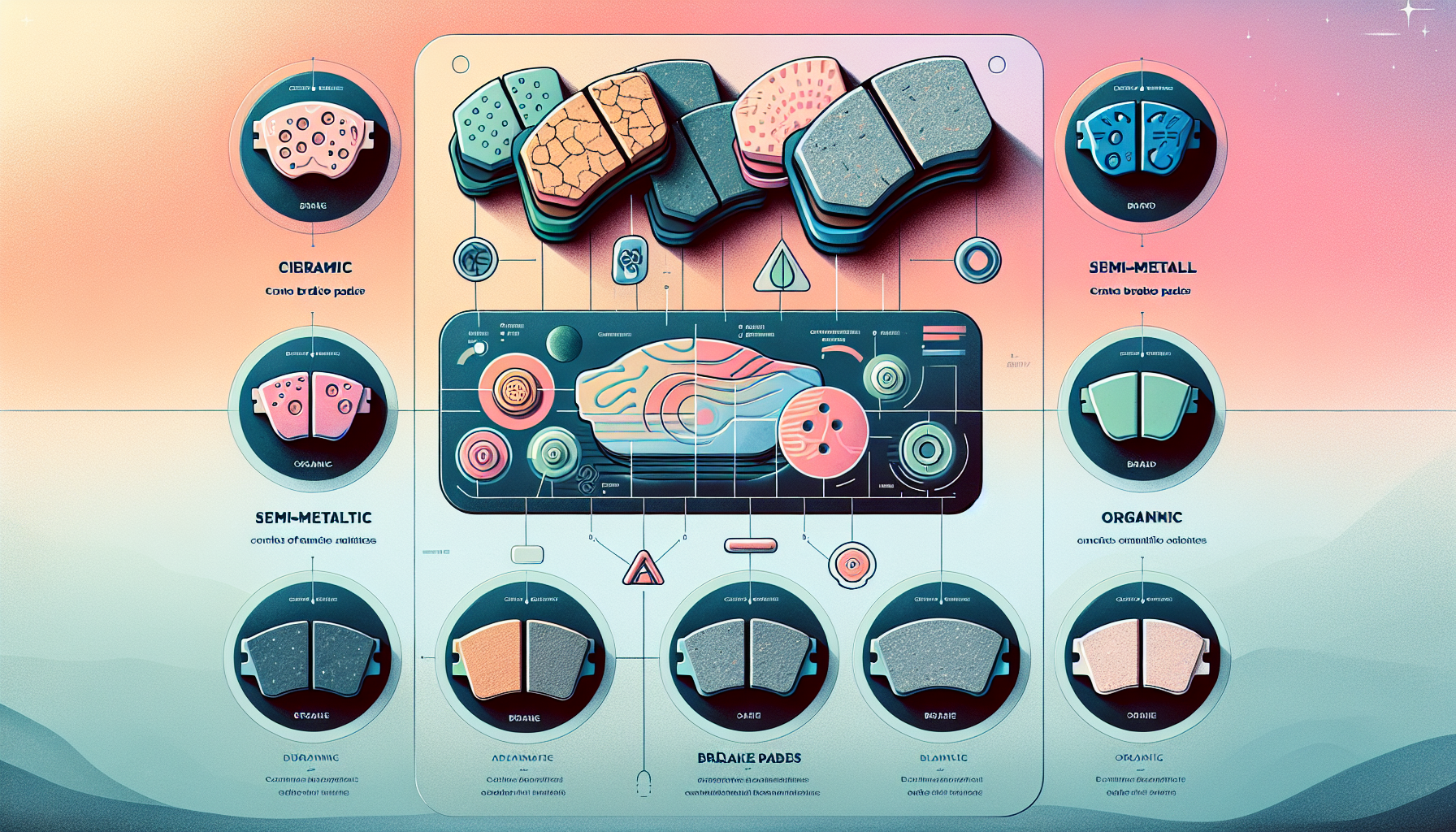
When it comes to brake pads for your Toyota RAV4, you have three common categories to choose from: ceramic, semi-metallic, and organic. Each type offers unique properties that cater to different driving needs and preferences.
Knowing these differences helps you make an informed decision for your next brake pad replacement.
Ceramic Brake Pads
Ceramic brake pads are renowned for their quieter operation and minimal dust production. These pads typically last longer than their organic and semi-metallic counterparts due to their superior material composition, making them an excellent choice for everyday driving. They also provide effective heat dissipation, which helps prevent fading during prolonged use. However, while they offer durability, ceramic pads generally have less grip compared to semi-metallic pads and may not perform as well in colder conditions.
Ceramic brake pads are ideal if you value clean wheels and a quiet ride, especially in urban driving with frequent stops. However, for colder climates or high-performance needs, other options may be more suitable.
Semi-Metallic Brake Pads
Semi-metallic brake pads are made from a mixture of metal fibers, including copper, steel, and iron, bonded with resin. These pads excel in heat dissipation and provide superior braking power, making them ideal for high-performance vehicles and heavy-duty driving conditions like towing. However, their metal content can lead to increased noise and brake dust production compared to other types.
Semi-metallic brake pads excel in high-stress situations like mountainous terrains or frequent towing, maintaining performance across various temperatures for reliable stopping power.
Organic Brake Pads
Organic brake pads are crafted from natural materials like rubber, resin, and fibers, making them more environmentally friendly. These pads are typically softer, which results in quieter braking and less dust production, making them a good fit for urban driving. However, their softer composition also means they tend to wear out faster under demanding conditions.
Organic brake pads are perfect for city driving, offering a quiet and smooth experience. However, they may require more frequent replacements in rigorous driving conditions.
Pros and Cons of Different Brake Pad Types
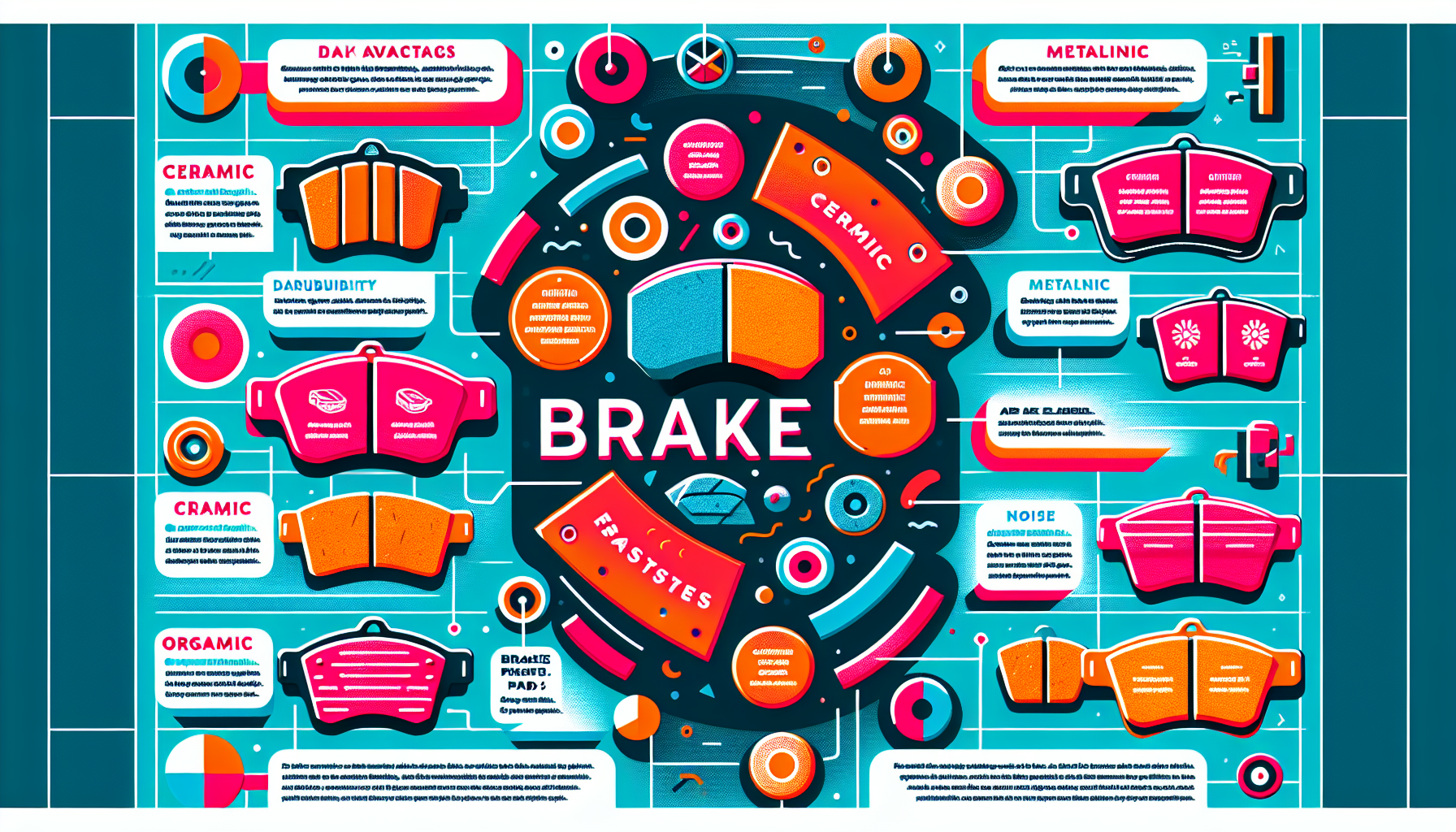
Each type of brake pad comes with its own set of advantages and disadvantages. Ceramic brake pads produce minimal noise and dust, making them a clean and quiet choice, but they can be less effective in cold conditions.
Semi-metallic pads offer strong stopping power and durability but tend to be noisier and produce more dust. Organic pads are quieter and environmentally friendly but wear out faster, leading to potentially higher long-term costs.
These pros and cons guide you in choosing the right brake pads for your driving needs.
Noise and Dust Levels
Ceramic brake pads are typically quieter and produce less dust compared to semi-metallic and organic options. This is particularly advantageous for city driving, where frequent stops can generate a lot of brake dust. Organic brake pads, while also quieter, tend to wear out faster, leading to more frequent replacements.
On the other hand, semi-metallic pads, while offering superior braking power, can be noisier and produce more dust, which might not be ideal for those who prioritize a quiet, clean ride. Different driving conditions can influence noise and dust levels.
Urban environments with frequent stops benefit more from ceramic or organic pads, whereas aggressive driving conditions may require semi-metallic pads despite their noise and dust.
Performance and Lifespan
When it comes to performance, semi-metallic brake pads are the go-to for high-stress situations. Their excellent heat dissipation and strong braking capabilities make them suitable for off-road and performance driving. However, they also tend to wear out faster than ceramic pads, which are known for their long lifespan and effective temperature management. Organic pads, while quieter, may not withstand high-stress conditions as well, leading to quicker wear and tear.
Your driving habits will dictate your preference for performance and lifespan. Ceramic pads offer a good balance for everyday driving, while semi-metallic pads are ideal for demanding conditions.
Cost Considerations
The cost of brake pads varies significantly among the different types. Organic brake pads are typically the most affordable, making them a good choice for budget-conscious drivers. Ceramic pads are the most expensive but offer long-term value due to their durability. Semi-metallic pads fall in between, providing a balance of cost and performance.
Consider both the upfront cost and potential long-term savings when selecting brake pads.
Best Brake Pads for Various Driving Conditions

The best brake pad type for your Toyota RAV4 depends largely on your driving conditions. City driving, highway cruising, and off-road adventures each demand different braking characteristics.
Knowing which brake pads perform best in specific conditions helps you make a choice that enhances safety and performance.
City Driving
City driving involves frequent stops and starts, which can generate a lot of brake dust and noise. Ceramic brake pads are ideal for this environment due to their quieter operation and minimal dust production. They help keep your wheels cleaner and provide a smooth braking experience. Organic brake pads are also a good fit for urban driving, offering quiet and soft braking, though they may wear out faster under constant use.
The right brake pads for city driving ensure a quieter ride and less frequent cleaning. Ceramic and organic pads handle urban traffic demands effectively.
Highway Driving
When it comes to highway driving, the focus shifts to durability and performance at high speeds. Ceramic brake pads are favored for their consistent feel and better heat resistance during prolonged use. They offer reduced noise and a longer lifespan, making them a reliable choice for long-distance travel.
Semi-metallic pads also perform well on highways, providing better heat dissipation and superior stopping power at high speeds. Both ceramic and semi-metallic brake pads enhance highway driving by ensuring safety and performance. Your choice depends on whether you prioritize quiet operation or maximum braking power.
Off-Road Driving
Off-road driving presents unique challenges that require robust braking capabilities. Semi-metallic brake pads are the go-to option for this environment due to their superior heat dissipation and durability. They can handle the high temperatures and increased wear associated with rugged terrains. Organic brake pads, on the other hand, may wear out quickly and fail to provide the necessary stopping power in demanding off-road conditions.
For frequent off-road drivers, semi-metallic brake pads ensure your Toyota RAV4 handles the stresses of rugged terrains while maintaining optimal braking performance.
Specific Brake Pad Recommendations by Toyota RAV4 Model Year
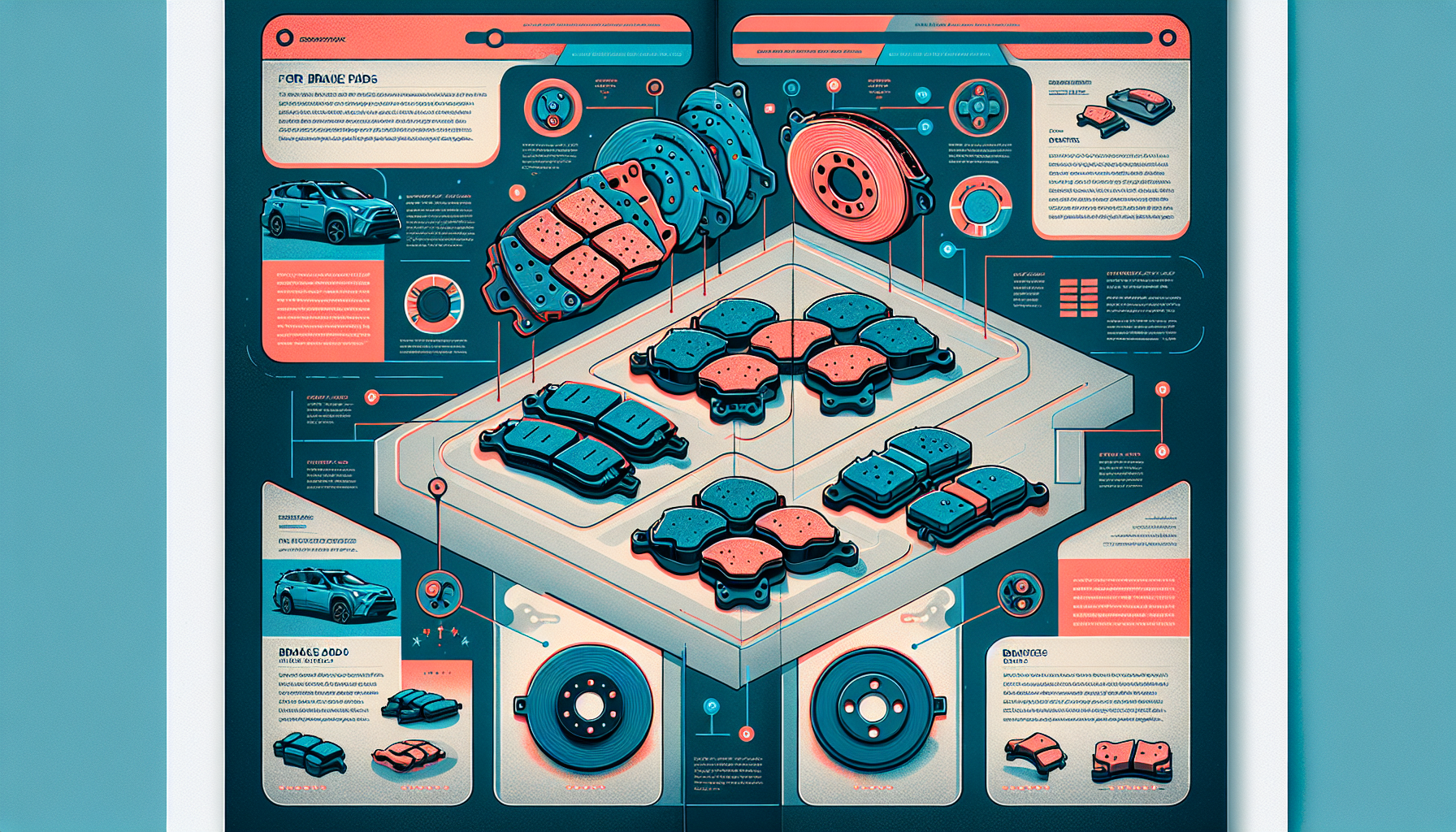
Selecting the right brake pads for your Toyota RAV4 depends on the model year, as different years have varying braking system requirements.
Older Models (Pre-2015)
For older Toyota RAV4 models, Centric and Akebono pads are often recommended due to their reliability and performance. Ensuring you choose compatible brake pads enhances overall braking efficiency and extends the lifespan of your vehicle’s braking components.
Recent Models (2015-Present)
For newer Toyota RAV4 models, advanced brake pads like the R1 OPTIMUM OEp Series and R1 PERFORMANCE Sport Series are recommended. These pads offer enhanced stopping power, reduced noise, and superior grip compared to OEM options, ensuring your vehicle performs at its best.
How to Identify Your Current Brake Pads
Identifying the brake pads currently installed on your Toyota RAV4 is crucial for making informed replacements. Check vehicle specifications or consult a professional for this information.
Checking Vehicle Specifications
Brake pad type and dimensions are usually found on the manufacturer’s label inside the driver’s side door jamb. Checking these ensures you select the correct pads for your Toyota RAV4.
Consulting a Professional
If checking specifications seems daunting or you’re unsure about the type of brake pads needed, consult a professional. A mechanic can provide accurate identification and recommendations.
They can also assess the overall condition of your brakes system, offering peace of mind and potentially catching issues before they become major problems.
Mixing and Matching Brake Pad Types: Is It Advisable?
Mixing different types of brake pads, such as using ceramic brake pads in the front and semi-metallic brake pads in the rear, can lead to uneven braking performance and vehicle stability issues. This practice is generally not advisable as it can compromise safety and affect the overall braking efficiency of your Toyota RAV4.
It’s best to stick with the same type of brake pads on all wheels to ensure consistent performance and safety.
Average Lifespan of Toyota RAV4 Brake Pads
The lifespan of Toyota RAV4 brake pads typically ranges from 30,000 to 70,000 miles, depending on driving conditions and habits. Factors such as frequent heavy braking, driving in mountainous areas, or towing can shorten the lifespan of brake pads.
Regular inspection and maintenance ensure brake pads are replaced before wearing out completely, preventing damage to other braking components.
DIY vs. Professional Brake Pad Installation
Deciding between DIY and professional brake pad installation depends on your mechanical skills, available tools, and comfort level. While DIY installation can save money, it requires a certain degree of mechanical knowledge and can be time-consuming.
Professional installation ensures the job is done correctly and safely, often backed by a warranty for additional peace of mind.
Tools and Equipment Needed
To replace brake pads yourself, you’ll need essential tools such as:
a jack
a lug wrench
a brake pad tool
a ratchet and socket set
Some vehicles may also require specialized tools, like brake calipers tools, to complete the job effectively.
Having the right tools is crucial for a successful brake pad replacement.
Benefits of Professional Installation
Professional installation reduces the risk of brake failure or performance issues. Professionals complete the job quickly and handle any problems that may arise.
Additionally, professional installations are typically backed by warranties, providing extra assurance of quality and reliability.
Routine Inspection and Maintenance of Brake Pads
Regular inspection and maintenance of your brake pads are essential to ensure they function properly and last as long as possible. Inspect brake pads every 6,000 to 10,000 miles, or at least once a year.
Regular maintenance can help identify signs of wear before they become serious issues, prolonging the lifespan of your brake pads and maintaining optimal braking performance.
Visual Wear Indicators
Visual wear indicators on brake pads, such as grooves or cuts, can signal the need for replacement. If the wear indicator slot is barely visible or absent, it’s time to change the pads.
Cleaner wheels compared to previous brake dust buildup might also indicate significant pad wear. Keeping an eye on these visual indicators can help ensure timely brake pad replacement.
Regular Maintenance Tips
To extend the lifespan of your brake pads, maintain proper brake fluid levels and regularly inspect for any signs of wear or damage. Minimizing unnecessary weight in your vehicle reduces strain on the brake pads.
Implementing these maintenance tips ensures your brake pads last longer and perform effectively, keeping you safe on the road.
Signs Your Brake Pads Need Replacement
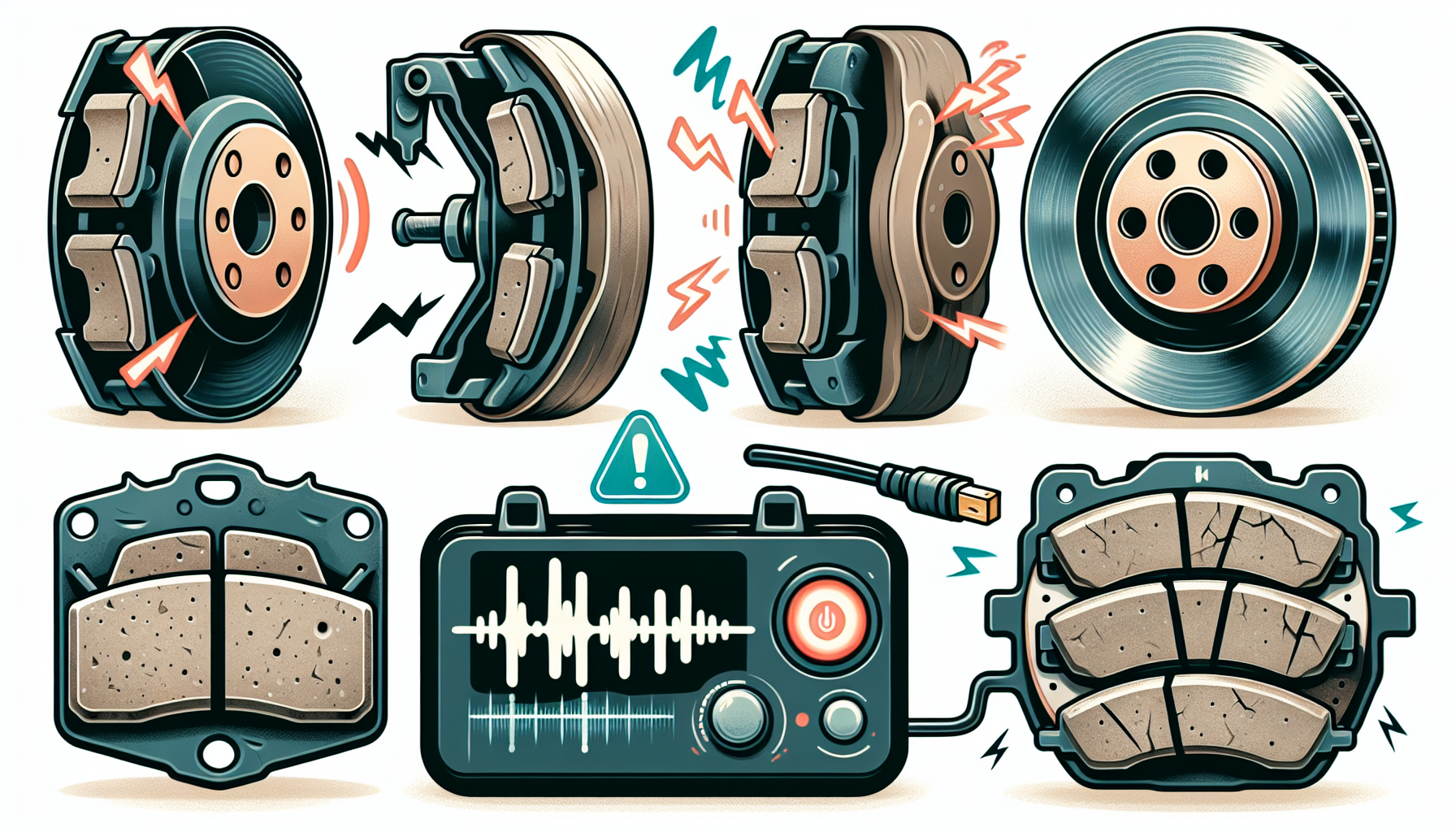
Signs that your brake pads need replacement include squeaking noises, reduced braking efficiency, and vibrations in the steering wheel or brake pedal. Grinding noise indicates immediate replacement is needed.
Visually, brake pads should be replaced when their thickness decreases to around three millimeters. Paying attention to these signs can help you address brake pad issues before they compromise your safety.
Cost Analysis of Different Brake Pad Types
The cost of brake pads for a Toyota RAV4 can vary significantly depending on the type and brand. Ceramic brake pads typically cost between $50 to $150 per set, while semi-metallic pads range from $30 to $100. Organic brake pads are the most affordable, often priced between $20 to $70 per set.
Consider both the upfront cost and long-term value when choosing brake pads. Higher-quality pads may offer better performance and lifespan, potentially saving money over time.
Summary
Choosing the right brake pads for your Toyota RAV4 is crucial for ensuring safety and optimal performance. Ceramic brake pads offer quiet operation and long lifespan, making them ideal for everyday driving. Semi-metallic pads provide superior braking power and heat dissipation, perfect for high-stress conditions and off-road driving. Organic pads are environmentally friendly and quieter but may wear out faster. Regular inspection and maintenance are key to maximizing the lifespan of your brake pads.
Whether you opt for DIY installation or professional help, making informed decisions about brake pads can enhance your driving experience and keep you safe on the road. Remember to consider your driving conditions, budget, and the specific needs of your vehicle when choosing brake pads. By doing so, you ensure that your Toyota RAV4 remains reliable and performs at its best, no matter where your journey takes you.
Frequently Asked Questions
What are the different types of brake pads for a Toyota RAV4?
You’re looking at three main types of brake pads for your Toyota RAV4: ceramic, semi-metallic, and organic. Each type has its perks depending on how and where you drive!
How often should I replace my brake pads?
You should consider replacing your brake pads every 30,000 to 70,000 miles, but don’t forget to check them regularly based on your driving habits. Keeping an eye on them can save you from bigger problems down the road!
Can I mix different types of brake pads on my vehicle?
It’s best to avoid mixing different types of brake pads since it can make your braking feel uneven and mess with your vehicle’s stability. Stick to the same type for a smoother ride!
What are the signs that my brake pads need replacement?
If your brake pads are squeaking, causing vibrations, or making a grinding noise, it’s definitely time for a replacement. Also, check the thickness; if they’re under three millimeters, get them changed ASAP!
Should I install brake pads myself or hire a professional?
If you’re not super confident with car repairs, hiring a pro is probably the way to go for safety and a solid job. It might cost a bit more, but the peace of mind is worth it!


